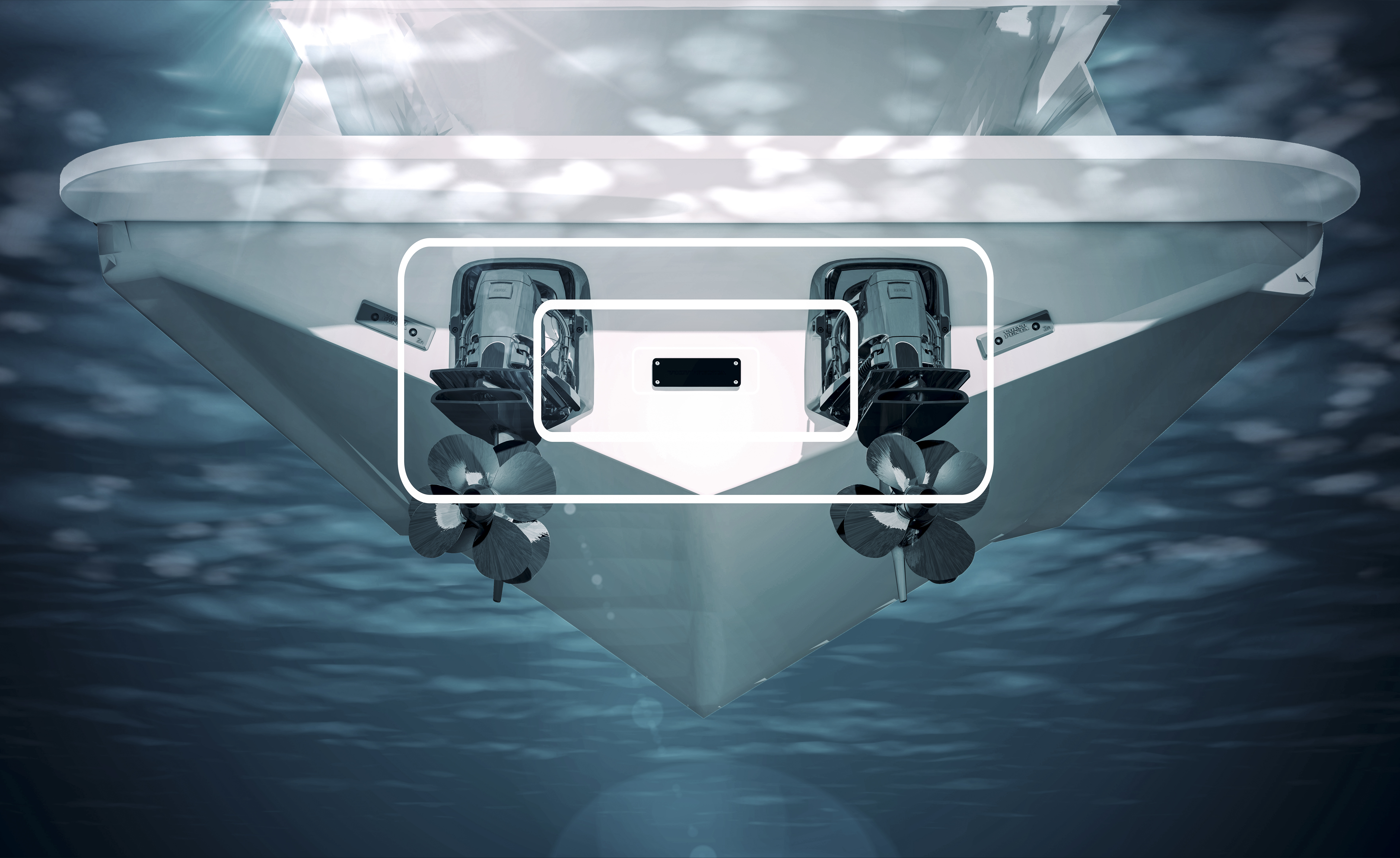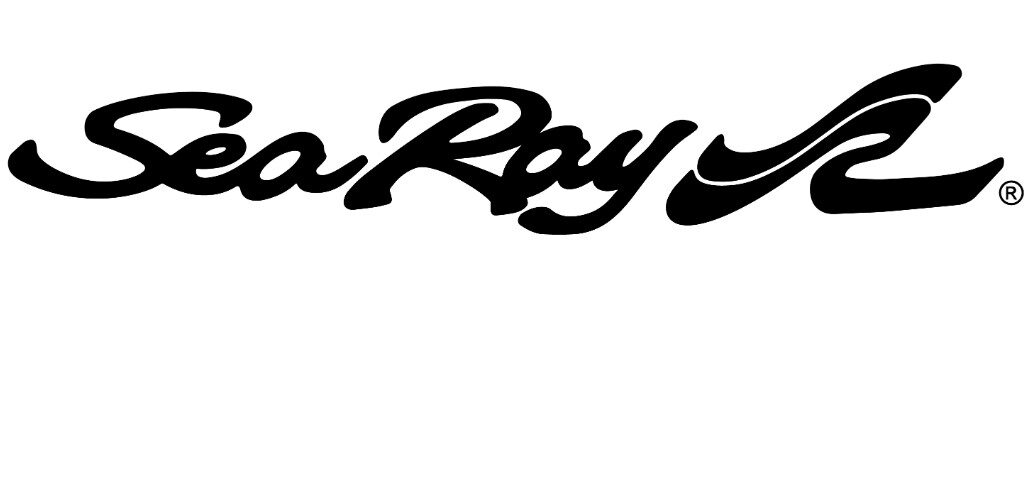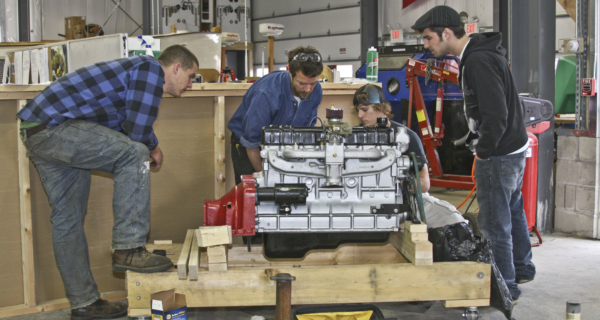Volvo Penta announces boat control, DPS, sterndrive protection enhancements

Volvo Penta has announced a series of product enhancements designed to improve the boating experience through increased comfort, maneuverability and control.
The company’s new Active Ride Control function reduces a boat’s pitch and roll by up to 60 percent at cruising speeds. ARC can be fitted to both planing and semi-planing Volvo Penta-powered boats of 35 feet and over.
Volvo Penta is enhancing its Dynamic Positioning System to include repositioning functionality, meaning boaters will be able to make minor alterations to their vessel’s position with a simple tap of the joystick.
Finally, the company’s Active Corrosion Protection system is now being expanded to diesel and gasoline sterndrives as an alternative to using conventional corrosion protection with sacrificial anodes.
By applying impressed currents through a transom unit, the ACP system protects the drive from galvanic corrosion – continually measuring and automatically adjusting the electrical output for protection in brackish and salt water.
“We are the first company to provide complete corrosion protection with an active system,” said Jonas Welinder, Volvo Pentax’s product planner for marine electronics. “Its development has been driven by customers wanting an easy solution to prevent their drive units from corrosion. It’s an exciting move and will greatly benefit boaters.”
Volvo Penta’s ACP system is fully integrated into the boat’s Electronic Vessel Control (EVC) system, enabling the owner to monitor the protection status directly from the helm. It is integrated in the standard engine displays, meaning no extra displays are needed.
Active Ride Control also is fully integrated with Volvo Penta’s EVC. The control unit works with Volvo Penta’s Glass Cockpit System to show trim and list angles in the display unit.
“Onboard comfort is important to customers and it’s one of the aspects of boating that we wanted to satisfy in creating ARC,” said Björn Rönnvall, product manager for marine leisure at Volvo Penta.
Sensors and automatic deployment of the interceptor blades make Volvo Penta’s system much faster and more responsive than traditional manual trim and list functions, Rönnvall said.
DPS, launched in 2009, is part of Volvo Penta’s Inboard Performance System. A new repositioning feature enables the boat to move three meters with each tap of the joystick. It also allows for heading adjustments on the spot.
The function has been enhanced to help maintain position in choppy waters and to allow a refinement of movement for activities such as fishing, exploring reefs, or allowing another boat to pass by when in a narrow waterway.
“The repositioning feature is a technological advancement of the DPS and has been brought about by customers asking for a function that will enhance their ability to control their boat’s heading and position while still in DPS mode,” said Anders Thorin, electronics product planning manager at Volvo Penta.
The repositioning function uses specially developed software in the boat’s EVC system to transfer GPS data into commands for steering angles, gear shifts and throttle positions to make minor adjustments of movement.
Up to 10 steps can be made while still in DPS mode, with a diagonal move requiring two steps: Forward or reverse plus sideways.
The repositioning feature is now available on new boats installed with Volvo Penta IPS and can be retrofitted to most DPS-equipped boats.





The Dynamic Positioning System that allows boaters will be able to make minor alterations to their vessel’s position with a simple tap of the joystick is probably one of best inventions for boat control!